Lolab Valley: A Comprehensive Guide to the Land of Lush Meadows
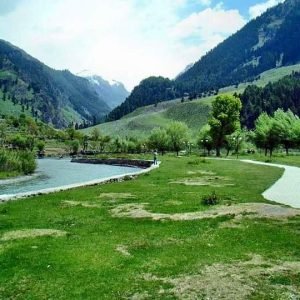
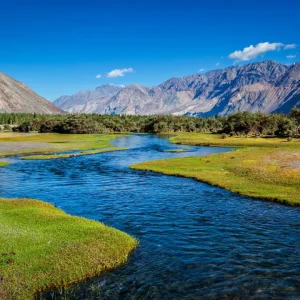

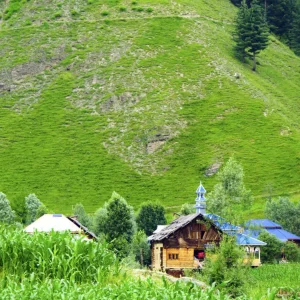
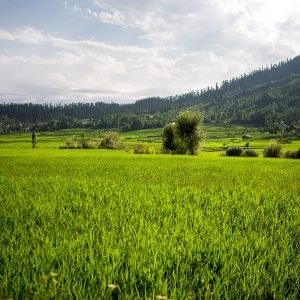
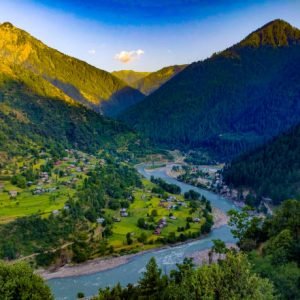
Table of Contents
ToggleIntroduction:
Lolab Valley is popularly known as the “Land of Lush Meadows,” situated in the Kupwara district of the Indian state Jammu and Kashmir. This scenic valley stands attributed with green landscapes, calm surroundings, and strong cultural traditions. It is an ideal place for tourists who would like to retreat into nature from the mundane chores of city life. The given paper, therefore, covers the discussion of various facets of Lolab Valley-from its natural beauty to its cultural significance.
Geography and Location
Where is Lolab Valley?
Situated to the north of Jammu and Kashmir, the valley falls under the Kupwara district. It is approximately 1,585 meters above sea level with the mighty Himalayas surrounding the valley. Lolab Valley is a sub-valley of the larger Kashmir Valley and stretches for about 25 kilometers from the town of Kupwara to the village of Madmadav. The valley is surrounded by dense forests, lush meadows, and snow-capped peaks, making it a paradise for nature lovers.
Climate and Best Time to Visit
The valley has a temperate climate with marked seasons. During April to June, the summer is soft and pleasant, hence one can easily visit here for some outdoor activities like trekking and camping during this period. During the summers in Lolab Valley, meadows are seen covered with a sheet of colorful wild flowers, and forests are teeming with life. Another good time to head towards this place is during the autumn, which extends from September through November, as the valley will be clad in golden and red colors during this season.
In the Lolab Valley, the winters are from December to February and quite cold, normally less than the freezing point of temperature. There is heavy snowfall in the valley, making the area look like a winter wonderland. While winter may be rather pretty and a challenging time for visitors because of disrupted road conditions with uneven and harsh weather, it falls superbly in order to let one enjoy the winter charm of this valley. The spring is also a transitional season when the valley usually begins to come back to life after hibernation during winter months.
Historical Background
History of Lolab Valley
Lolab Valley represents a rich history emanating out of the wider history of Kashmir. Centuries of habitation with influences from diverse cultures and empires are imbued within this valley. The Lolab Valley has historically been an important place during the medieval period; it was a trading and cultural hub. Geographically, it lay on the path of ancient trade routes, which made it an important region for the movement of goods and ideas between Central Asia and the Indian subcontinent.
During these centuries, Lolab Valley has continuously seen the rise and fall of several dynasties, amongst them being that of the Mughals, who finally left this region as an immortal mark on the culture and architecture. History relates this place to Sufi saints who arrived during the early days and contributed to spreading Islam in this region. Today, the rich history of the valley can be ascertained from its cultural practices and traditions along with the historical structure remnants that dot the landscape.
Cultural Significance
Lolab Valley is host to one of the most diverse populations, which comprises ethnic Kashmiris, Gujjars, and Paharis. The cultural milieu of Lolab Valley represents a unique cultural identity since it is intermingled with all these influences. People in Lolab Valley are hospitable, warm, and attached to one another. The local culture is deeply rooted in the traditions of the region, with a strong emphasis on family values, respect for nature, and preservation of cultural heritage.
The valley is also famous for its rich folklore, heroism stories, Sufi saints, and fantasy creatures. Indeed, the stories are still continued with every passing generation and are a part of the culture of the valley. The mother language of the valley, Kashmiri is highly practiced along with Urdu and Pahari.
Natural Beauty and Spots
Scenic Beauty
Lolab Valley is a place of exhilarating natural beauty. The rolling meadows, thick forests, and the mighty Himalayas form the background of this valley. Rivulets, streams, and small lakes speck the landscape that further add beauty to this already beautiful valley. Besides, seasonal changes have been bestowed upon the Lolab Valley, each bringing along different colors and sensations with it.
The Lolab Meadows
Meadows probably constitute the most famous feature of Lolab Valley. One can only stand in awe before a sea of emerald-green expanses during summer months dotted with a carpet of wild flowers. The meadows are ideal for picnics, leisurely walks, and photography. They are also used as grazing grounds by local livestock, adding to the pastoral beauty of the valley.
Flora and Fauna
The Lolab Valley is a biodiversity-rich area, harboring many plant and animal species. The major composition of the forest in the valley involves pine, fir, and deodar trees; it harbors many bird species like the Himalayan monal, pheasants, and partridges. Besides birds, the valley houses quite a few mammalian species, especially the Himalayan black bear, musk deer, and snow leopard. Most nature lovers and wildlife photographers think of Lolab Valley as nothing short of a wonderland, with the variety of flora and fauna that it boasts of.
Local Excursions
There is much to see around Lolab Valley that will interest the traveler. These include, among others:
Wular Lake: This is located near Sopore and is one of the largest freshwater lakes in Asia. It is famous for boating, fishing, and bird watching.
Sogam: A small town in Lolab Valley, which is famous for its historical importance and is considered a base to explore the valley. Sogam also has a number of ancient temples and shrines.
Bangus Valley: Another beautiful valley lying nearby, famous for its virgin landscapes and rich biodiversity. Bangus Valley is hardly visited by many tourists, making it a paradise for those in search of solitude.
Things to Do in Lolab Valley
Trekking and Hiking
For the adventurous one, Lolab Valley can offer a few trekking or hiking routes. With meadows, forests, and hills, treks through the area have been graded on various levels. This includes the Bangus Valley trek for the most breathtaking views of surrounding mountains and the trek to Wular Lake. These treks are very good for catching glimpses of the valleys’ natural beauty and natives as well.
Trekking
Camping in Lolab Valley is a great way of being at one with nature. The serene environment of the valley acts as a perfect backstop when you intend to sleep under the stars. There are many camping sites available, especially in the meadows, where people pitch their tents and spend the night amidst total tranquility. For those who prefer comfort while camping, the local tour operators offer services for guided camping trips with all amenities.
Photography
With its scenic landscapes, the Lolab Valley is a photographer’s paradise. Amateurs and professionals find ample opportunity to shoot the beauty of the valley. The meadows, forests, rivers, and wildlife are various subjects of photography. The best time for capturing the valley in soft golden light is early morning and late afternoon.
Bird Watching
The heavy birdlife of Lolab Valley makes it an ideal site for birdwatchers. The place hosts several bird species, many being regional endemics. The dense forests and grasslands render a perfect habitat to these winged members, and it is not difficult to sight them when on tour to Lolab. Some of the notable species include Himalayan monal, koklass pheasant, and the black partridge.
Accommodations and Facilities
Hotels and Guesthouses
The accommodations that are available for stays in Lolab Valley begin from low-budget guesthouses to more comfortable hotels. Most are family-run and quite warm with rustic touches. A large number of them are situated in towns and villages, which makes most of the places to see in the valley convenient. Some of these guest houses include those in Sogam and Kupwara, offering basic amenities with warm hospitality.
Camping Sites
For the nature lovers who want to be a little closer to nature, there are several camping sites in Lolab Valley. These offer basic facilities, and most of them are located at very beautiful sites so that full beauty could be enjoyed from there. It is advisable to carry your equipment with you, though some local operators do provide hiring equipment and guided camping tours.
Dining Options
Most of the eateries in Lolab Valley present themselves as local ones and pride themselves on serving traditional Kashmiri cuisine. Do not miss the special delicacies such as Rogan Josh, Yakhni, and Dum Aloo. Freshly prepared with locally found ingredients, the flavors are rich and the spices aromatic. Though dining options are limited, the experience of enjoying a home-cooked meal in the valley is indeed never forgotten.
Local Markets and Shopping
Lolab Valley does not offer much in the conventional sense of shopping, yet one may avail small markets selling local handmade crafts, Kashmiri shawls, and other souvenirs. The markets are great places to take in interaction with people and learn more about the culture of the region. Buying locally made products is also one way to contribute towards the local economy.
How to Reach Lolab Valley
By Road: Routes and Travel Tips
From Srinagar, the summer capital of Jammu and Kashmir, Lolab Valley is accessible by road. It takes approximately 3 to 4 hours of driving through some of the most beautiful sceneries of the Kashmir Valley. The road is pretty fine, yet narrow and windier at certain stretches, so a little care is needed while driving. Better hire a local driver or use the public transport system in case one is not comfortable driving themselves.
Public Transport
Public transport is available from Srinagar to Lolab Valley. Buses and shared taxis ply regularly. It is reasonably inexpensive but quite crowded, especially during the peak tourist season. For those who want to feel more comfortable, the recommendation is private taxis, which can be hired from Srinagar or Kupwara.
Driving Yourself
If you are a self-drive person, then make sure your vehicle is in good condition, as the roads are not exactly smooth. Check the weather forecast before traveling; a couple of continuous rains result in landslides, making the travel risky. One should carry a map or GPS device because, in some areas, the mobile network is only available in patches.
Cultural Immersion
Customs and Traditions of Natives
Hospitality and community are focal amongst the people of Lolab Valley. While on tour to this valley, tourists can experience the culture of the people of Lolab Valley through direct interaction with the villagers, experiencing the traditional activities, and learning the culture and custom of their way of life. When visiting a place, every tourist is expected to uphold the local customs and traditions. For example, people love humility in dressing, especially within the rural set-ups and religious points.
Festivals and Events
The Lolab Valley has quite a number of local festivals during the year, ranging from harvest to religious ones. These festivals present good opportunities for tourists to get firsthand insight into the local culture, as they are a very colorful manifestation of the valley’s culture. These festivals are full of zeal that provokes a passion for participation among guests. Such participation helps to create an interrelationship between the guests and the locals and allows guests to learn more about customs and culture.
Guests are recommended to interact more with the people either through homestays, visiting school-going children, or joining local community activities. This will create a better travel experience and also uplift the living standards of the people in that area. The people of Lolab Valley are friendly towards outsiders and quite often are willing to share their tales and culture with the guests.
Travel Tips and Essentials
What to Pack
The climatic condition of Lolab Valley calls for a minimum of proper stuffing. In summers, light clothes with a jacket for the evening time are ideal, while in winter, one needs to wear heavy clothes with thermal ones. Not to be left behind is a strong pair of shoes for trekking purposes, first-aid box, and camera to shoot all these vistas. And for those who want to camp, tents and sleeping bags along with the cooking utensils need to be packed.
Basic Safety and Health Precautions
Lolab Valley is a secure destination, though basic precautions do exist. Always inform someone of your travel plans or where you will go, particularly if trekking or indulging in remote parts. Equally important is carrying some basic first-aid kit together with all your medications. In case you have plans for camping, don’t forget to take the necessary things that will keep you warm during cold nights, even during summer.
Local Etiquette
Respect the local culture and traditions. It is advised to dress modestly, especially on a visit to religious sites and the community as a whole. Photography is generally not a problem; permission should always be sought before photographing people or private property. Be sensitive to the local taboos such as entry into a house without shoes.
Sustainable Lolab Valley Tourism
Environmental Conservation
One of the rewarding features of Lolab Valley is its environment. Tourism in any form should be motivated and encouraged so that the environment does not suffer much harm. Do not litter and avoid the use of non-eco-friendly products. Stay on the marked track and do not straying into the natural habitat. Carry a refillable water bottle with you and avoid using single-use plastics in order to avoid the garbage getting dumped into the environment.
Support the Local Economy
Tourism develops a place as it puts support into the local communities. This means staying in locally-owned accommodation, making purchases from local artisans, and being culturally sensitive. In this way, you help ensure that tourism benefits flow to the people of Lolab Valley. You might even consider hiring a local guide for treks and tours-not because it will support the local economy, but also because you will benefit from such a guide who knows the region.
Conclusion
A visit to Lolab Valley is an unparalleled excursion into a world of nature, varied cultural traditions, and adventure sports set in a backdrop of breathtaking beauty. Whether one makes it a short sojourn or a longer stay, it promises to be a journey of memoirs and discoveries for Lolab Valley. The moment you get to plan a tour to this ‘Hidden Paradise’, remember to pay respect to the environment and enjoy the culture and whatever Lolab Valley has to accord to you.
How to book a trip to Lolab Valley, India with Charzan Holidays?
For a seamless and exceptional booking experience, contact Charzan Holidays at reservations@charzan.in or call us at +917889504310.


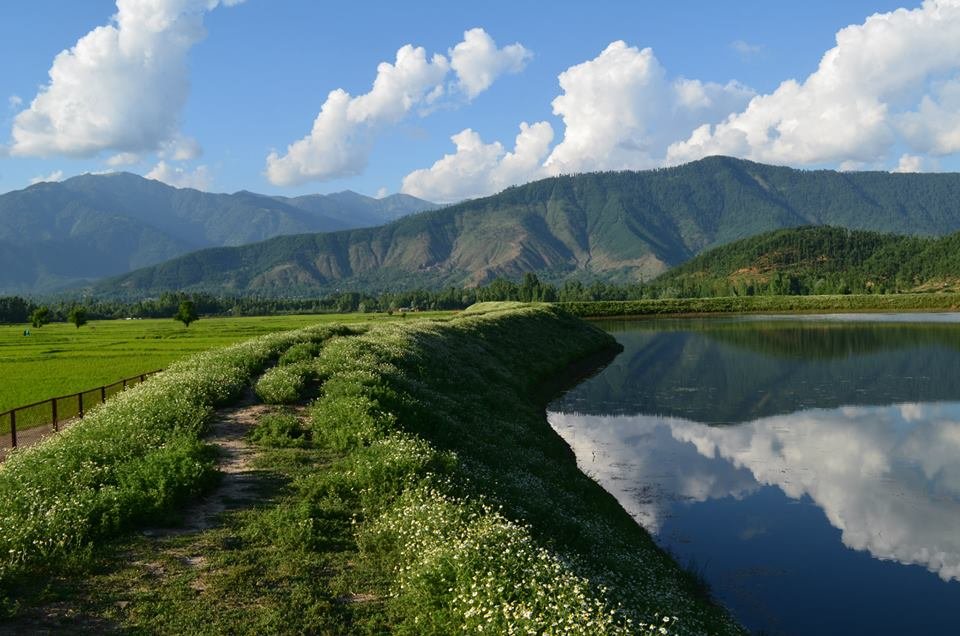
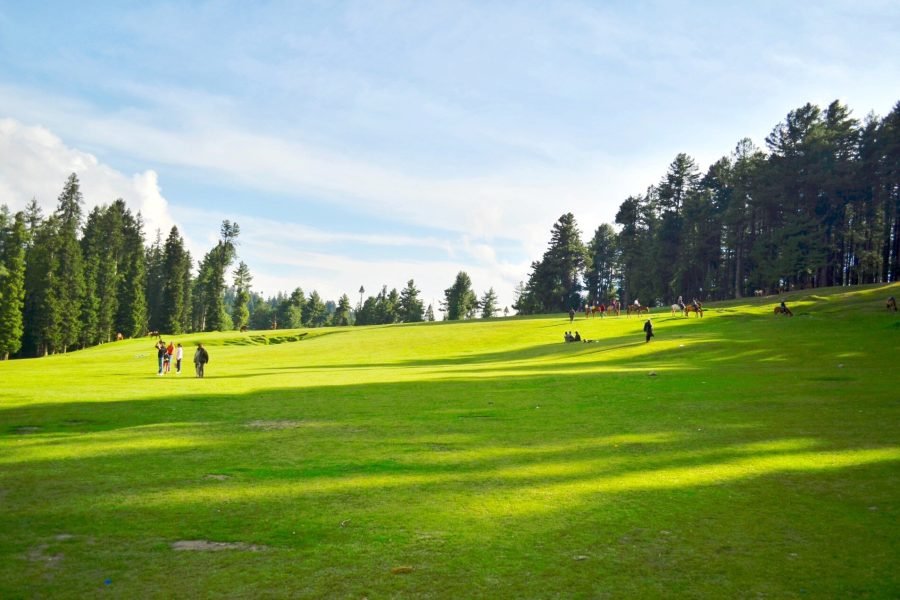
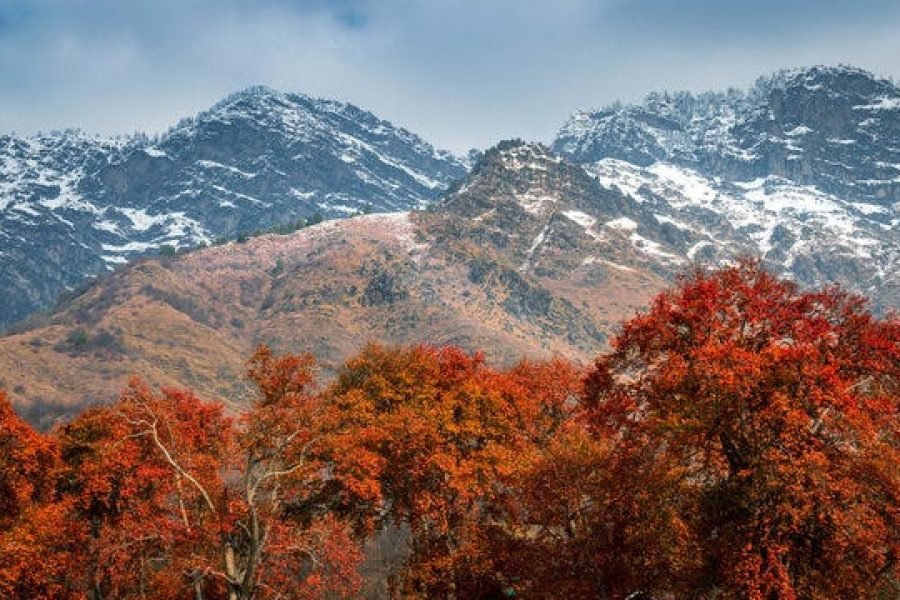

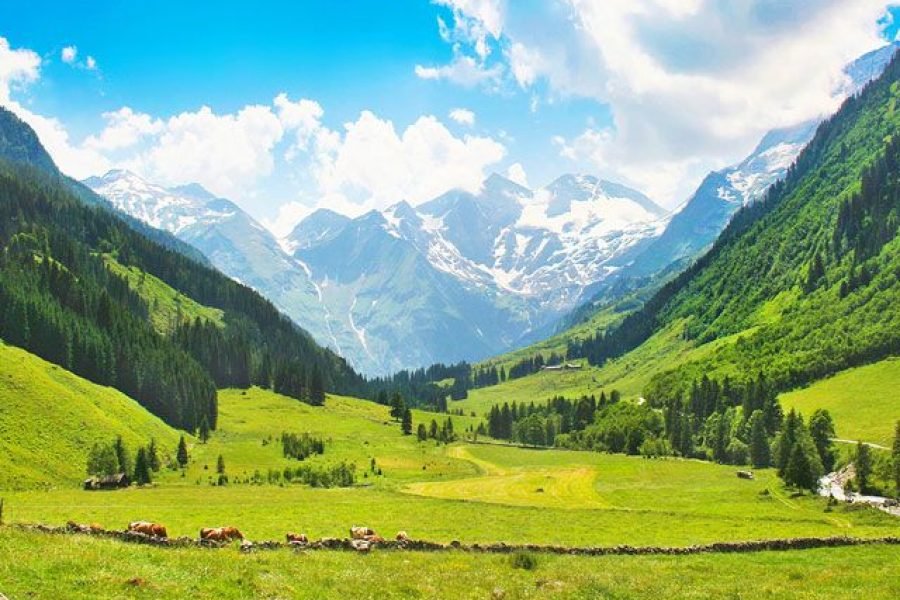
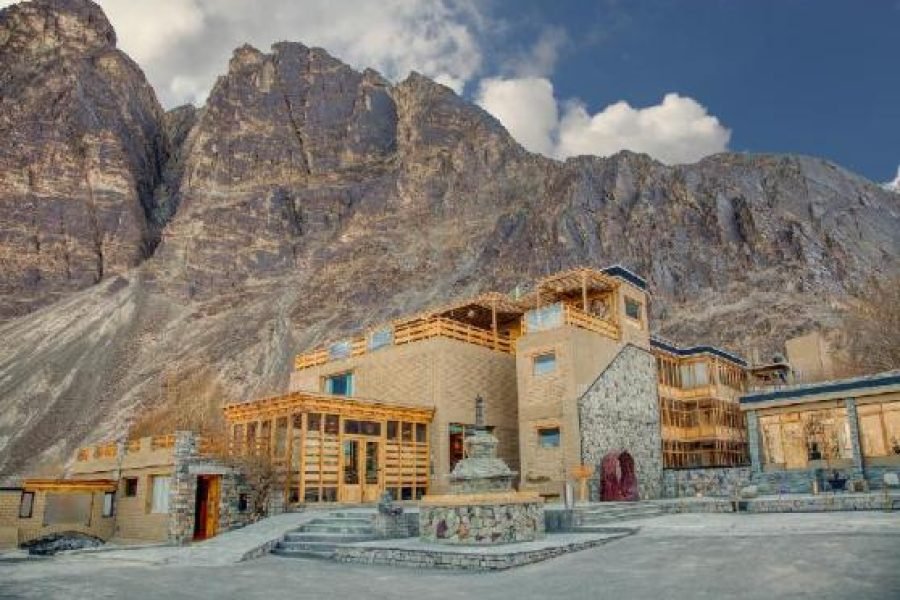

0 Comment